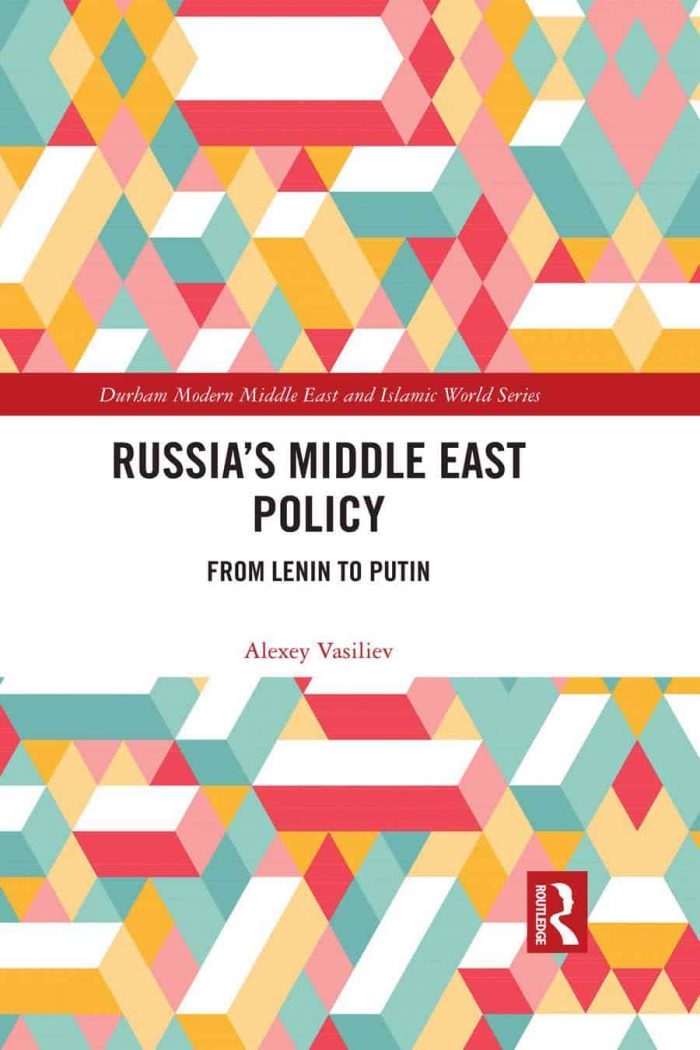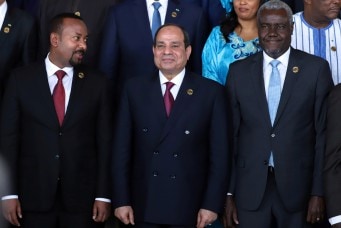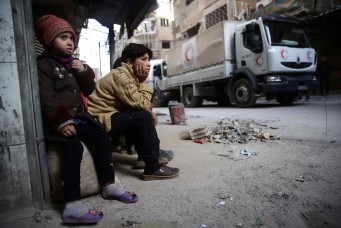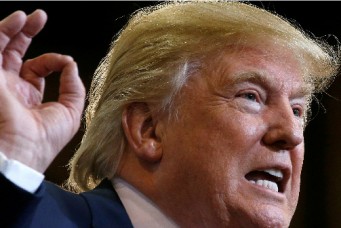Moscow’s Middle Eastern Messianism
Russian actions in the Middle East from Lenin to Putin.
Russia’s Middle East Policy: from Lenin to Putin. By Alexey Vasiliev. Routledge, London, 2018. 554 pp.
The value of Alexey Vasiliev’s Russia’s Middle East Policy: from Lenin to Putin is evident to advanced scholars of the region, whose interests lie in the history of ideas and institutions, if only for the reason that this is one of those texts translated from both another language and from another set of academic expectations.
As a researcher of Arab politics within archival records of Soviet jurisdictions since 1988, I pay close attention to developments in the field of Russian/Soviet foreign policy in the Middle East. I read Vasiliev’s book in search of fresh observations on earlier Soviet–Middle East history works such as Yaacov Ro’i’s 1974 book From Encroachment to Involvement, A.I. and Karen Dawisha’s 1982 Soviet Union in the Middle East, Galia Golan’s 1988 Soviet Policies in the Middle East, and Talal Nizameddin’s Russia and the Middle East, published in 1999.
In many ways, Vasiliev has been a contemporary for Ro’i, the Dawishas, Golan, and Nizameddin. Vasiliev entered the Moscow State Institute of International Relations (MGIMO) the year of the Suez War, and spent a year at Cairo University (1960–61) writing a thesis on the Arabian Peninsula during the eighteenth century. Assigned to Pravda as assistant political commentator (1962), he became the paper’s correspondent responsible for Turkey, Iran, Afghanistan, and the countries of the Arabian Peninsula from Ankara (1971–75). He reported on the Arab–Israeli war while in Syria during 1973, returning to Cairo to cover Sudan, Libya, Yemen, and Ethiopia for the Communist Party of the Soviet Union’s official newspaper (1975– 79). He was then appointed deputy director of the Institute for African Studies of the USSR Academy of Sciences in 1983, and subsequently elected director in 1992, then honorary president of the African Studies institute in 2015. This illustrious career in Moscow’s information and academic institutions granted Vasiliev access to diplomats’ personal observations, and informs his analysis.
While Vasiliev sets out to cover Russia’s policy in the region, the variances of political and historical change experienced by local Middle Eastern actors lie outside this monograph’s scope. In its structure, Russia’s Middle East Policy shifts from establishing a conceptual vocabulary, to narrating chronologies of events, to addressing the specificities of Russia’s policy in given geopolitical areas. Vasiliev characterizes the Soviet Union’s foreign policy ideology as “messianism” (which he defines in chapter 1 as “a Messianic concept of salvation, of God’s kingdom on earth”), which rose during the 1917 Bolshevik Revolution, fell during the Mikhail Gorbachev administration in the early nineties, and may indeed have returned to prominence in recent years. It is this theoretical approach which distinguishes Vasiliev’s interpretation from Ro’i’s collection of documents, the Dawishas’ emphasis on “personalized leadership,” Golan’s assertion that “the Soviet entry into the Third World began with the death of Stalin in 1953,” and finally, Nizameddin’s emphasis on Boris Yeltsin’s leadership.
The originality of Vasiliev’s analysis is clear in the field of foreign affairs. With that said, “messianism” is also a concept derived from the history of religions. This term found its way into commentaries on Soviet affairs via Nikolai Berdyaev’s Origin of Russian Communism, with its assertion that, “The Russian people have not realized their Messianic idea of Moscow the Third Rome,” and Tibor Szamuely’s Russian Tradition, with its claim that the “proletariat” took the place of the “people,” and two varieties of messianism, Russian, and Marxist, coalesced. The concept of “messianism” is developed in the introductory and concluding chapters of Vasiliev’s book. Vasiliev discusses messianism during the Khrushchev period via such slogans as “the non-capitalist path of development,” “revolutionary democracy,” and “national democracy.” In discussing the Leonid Brezhnev period’s employment of messianism, the author states, “The behavior of Soviet leaders was still imbued with Messianic ideas” and that assistance to Afghan Marxists was “an attempt to realize one last time the Messianic idea embodied in the foundation of the Soviet state.”
When narrating events, Vasiliev discusses the “Rise and Fall of N.S. Khrushchev,” with valuable original material like an extended interview with Soviet politician and previous Minister of Foreign Affairs D.T. Shepilov on the Suez War, and references original documents from British Prime Minister Anthony Eden’s and American Ambassador Douglas Dillak’s correspondence. For readers committed to Egypt’s role in the region, however, shortcomings are evident in the text: Gamal Abdel Nasser’s presence at Bandung is not addressed; reasons are not offered for the three aggressors’ 1956 withdrawal from Suez; and an assertion once made by Malcolm Kerr, who served as president of the American University in Beirut, that rivals Egypt and Iraq sought to lead the region in opposite directions passes without note. Engaging with a new generation of scholarship on the Suez War— dating from Diane Kunz’s Economic Diplomacy of the Suez Crisis—would have been a helpful contribution to Vasiliev’s analysis.
Interspersed with such chronological accounts, Vasiliev addresses specific geopolitical areas. In “An Exotic Flower of Arabia,” he analyzes the USSR’s agreement to build a port at Al Hudaydah in the context of Soviet–Yemeni cooperation between the two World Wars and after World War II. In this, he returns to the conceptual theme of “messianism” with deputy chief of the Central Committee of the Communist Party of the Soviet Union (International Department) K.N. Brutents’s quoted assertion that, “the Soviet policy, viewed as quite natural and logical within the scheme of ‘advances of socialism and support of natural allies’ turned out to be inadequate and, one might even say, utopian.” Statements such as “nobody troubled the Soviet citizens living in South Yemen” imply that Vasiliev may have been an eyewitness to some of these events.
While translated into the English language in its entirety, this text does not live up to the expectations of the Anglophone academy. While the introduction highlights the author’s extraordinary access within the region—that is, an interview with the Russian ambassador to Syria surrounded by Russian special forces in black uniforms in crowded cafeterias near the bus-stop to Raqqa—the concept of “messianism” is incompletely articulated either as a metaphor for the cult of Soviet laïcité (secularism), or an in-depth guide to post-colonial populations’ changing place in Communist Party policies. With this said, the references to compilations such as Documents of the Foreign Policy of the USSR that contain texts of treaties and The USSR and the Countries of Africa, 1946-1962, a rare collection of primary sources (which may themselves both deserve more attention than other scholars have paid them) as well as interviews with academics and diplomats, make the book a worthwhile read indeed.
Elizabeth Bishop is associate professor in the Department of History at Texas State University in San Marcos, TX. She is also the recipient of two U.S. Scholar Fulbright awards, at the University of Algiers (2007) and at the University of Oran (2018). Bishop is the author of many scholarly articles and has recently co-edited a book titled Soviet Student Dormitories: Structures and Legacies.






